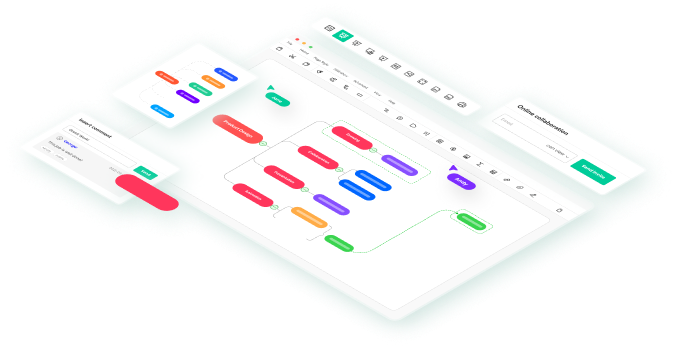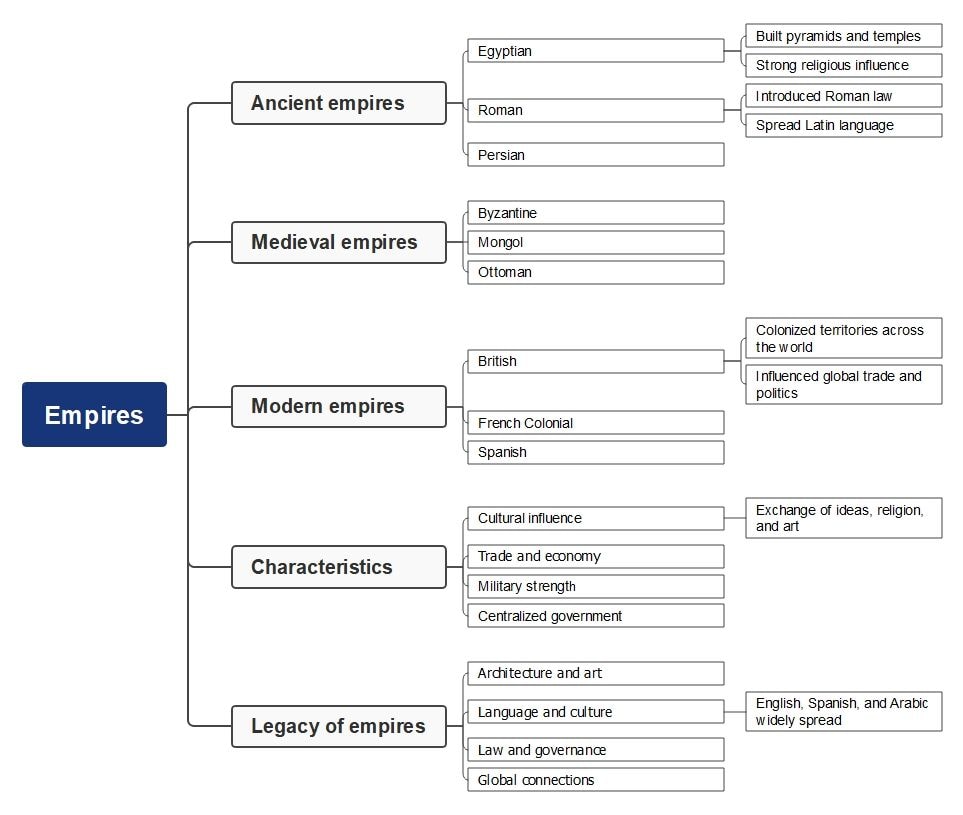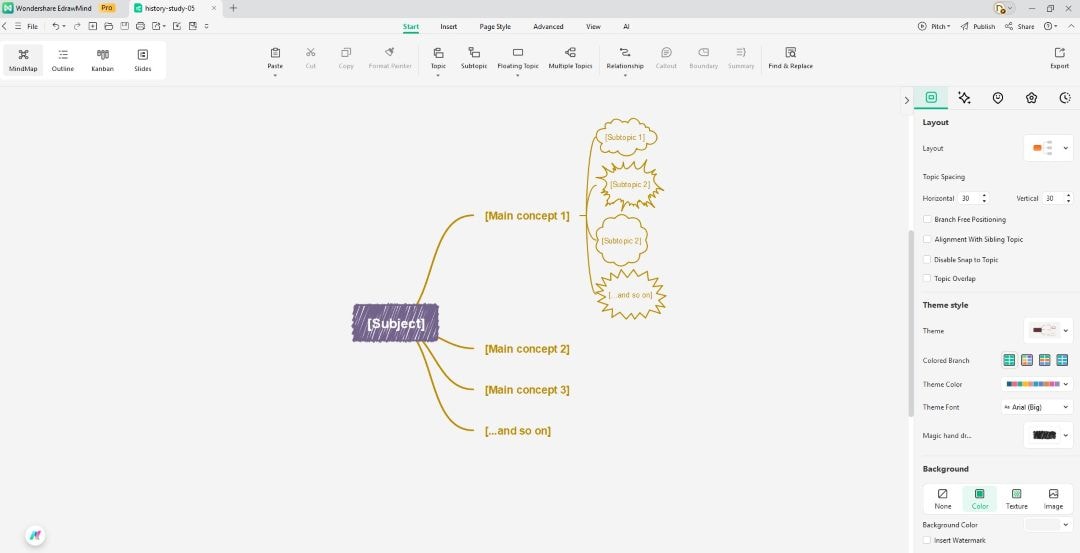History tells the story of humanity—our ideas, victories, and mistakes. Studying it helps us understand who you are today.
It's a good thing there are simple, science-backed strategies that make studying history easier to study and remember.
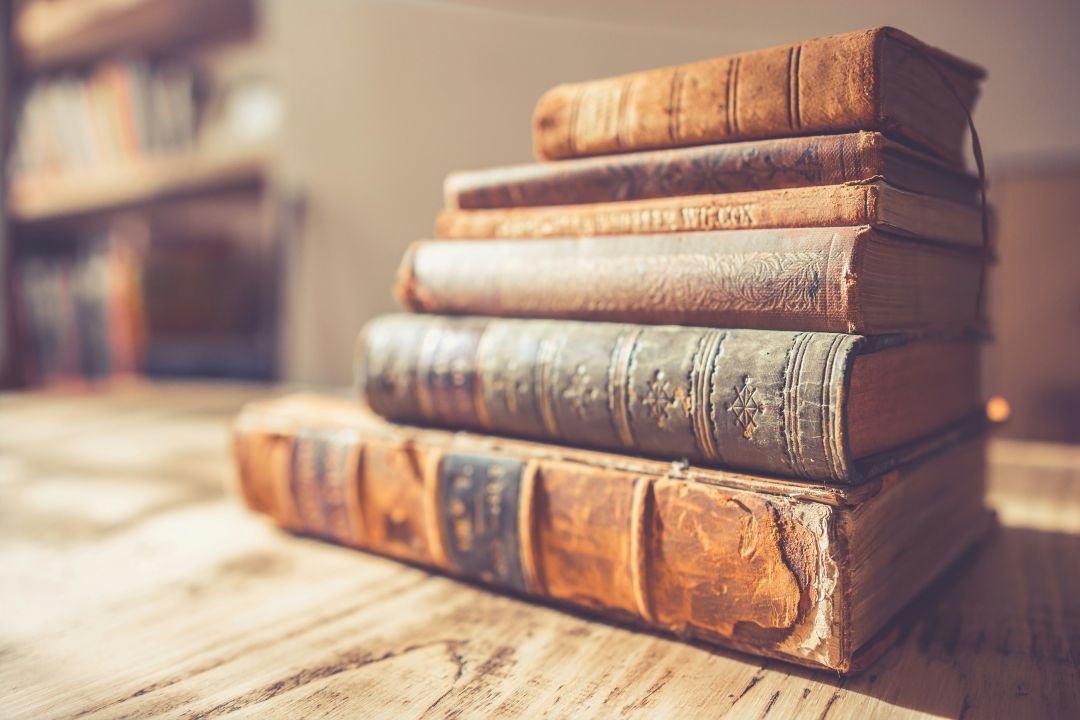
In this article
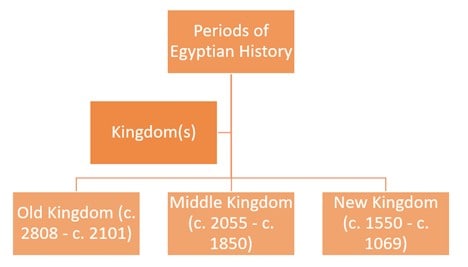
Why History Is More Than Just Dates
Studying history helps us understand how the world became what it is today. From wars to inventions, every event shapes our future. But memorizing dates and names alone isn’t enough — real success in history comes from understanding stories and connections.
Learning history can seem overwhelming because of the vast amount of information. However, with smart study techniques, anyone can remember important details, analyze events deeply, and even enjoy the process. These eight strategies will guide you in mastering history effectively.
How To Study History Effectively
Below are eight ways to study History effectively.
Understand the Big Picture
Before diving into details, grasp the main timeline and key periods. This gives structure to your learning and helps you place events in order. Think of history as a movie — every chapter connects to the next.
Understanding major themes (like revolutions, wars, or discoveries) helps link people and places. Once you know the big picture, specific details and dates will make more sense and be easier to recall.
When you shift your mindset from “I must memorize this” to “I want to understand this era,” learning becomes natural. Make timelines, ask “why this happened,” and connect past to present.
Actions:
- Write a short narrative of each era in your own voice.
- Ask yourself questions: “What led to this event?” “What happened next?”
- Read historical novels or documentaries to feel immersed.
Prepare Yourself To Learn Dates
Dates are unavoidable in history, but rote memorization is painful. You want to embed dates into a narrative or structure so they become meaningful.
Some proven and tested tricks are grouping dates into clusters (wars, reigns, discoveries, etc.). You can also use mnemonic devices, visual timelines, or chunking. Once dates are anchored in context, you won’t feel like you're memorizing blind strings of numbers.
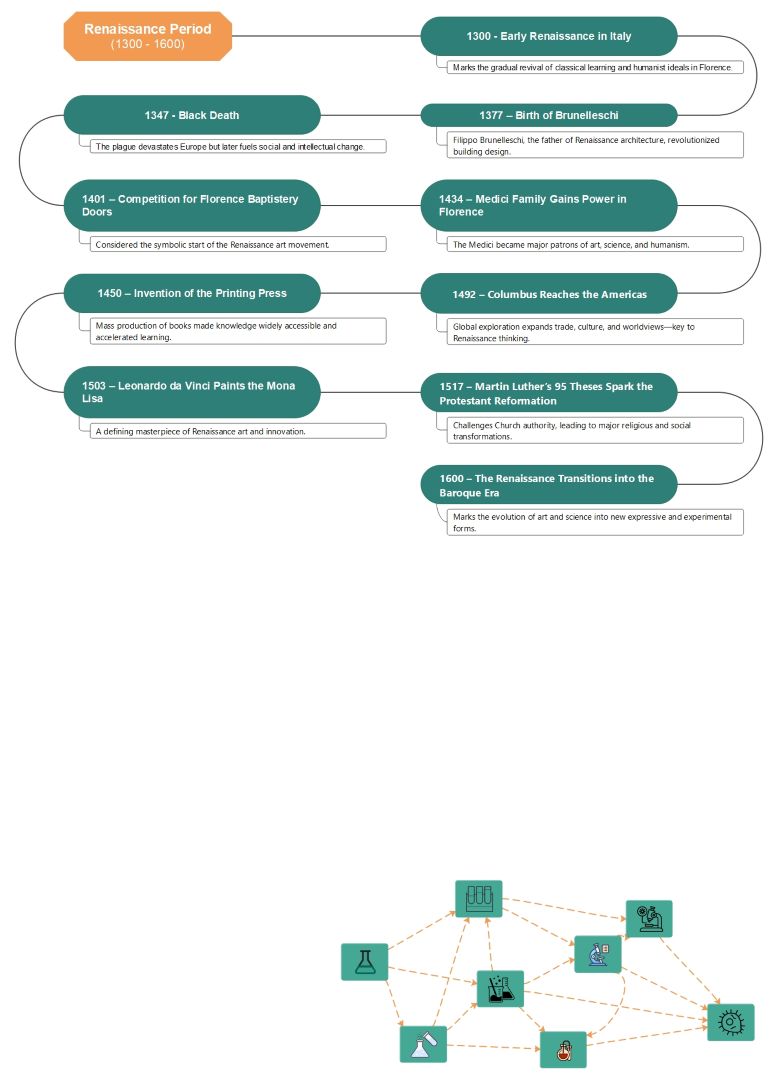
The sample visual timeline above shows the most important events of the Renaissance period, from 1300 to 1600.
It highlights key discoveries, inventions, and people who helped shape art, science, and culture during one of history’s most creative and inspiring times.
Each date includes a short explanation of its historical importance, helping students easily understand how one event led to another.
This timeline is perfect for studying major turning points and connecting how ideas from the past still influence our world today.
Other helpful strategies:
- Link each date to a major event or person.
- Use mnemonic rhymes or acronyms.
- Review small sets of dates daily (spaced repetition).
Manage Your Schedule With Thematic Blocks
History covers broad periods, themes, and regions. Trying to learn all at once leads to confusion. Organize study time by themes or epochs rather than random chapters.
Block your study schedule into “Age of Empires,” “Modern Revolutions,” “Colonial Era,” etc. Then, further break each block into subtopics (wars, economies, social change, etc.). This gives structure to your memory.
Sample structure:
| Block | Subtopics | Time allocation |
| Medieval Era | Feudalism, crusades, kingdoms | 3 days |
| Renaissance & Reformation | Art, religion, science | 2 days |
| Age of Revolutions | American, French, Industrial | 3 days |
Tip: Use consistent review at the end of each block; rotate older blocks into review weeks.
Take Frequent Quizzes
Interactive learning improves memory and focus. Try using quiz apps, trivia cards, or online games that test knowledge of dates, people, and places.
Research shows that testing yourself instead of rereading improves long-term retention by up to 50%. Additionally, one history major on Reddit said that making weekly quizzes of 10 questions on events drastically improved his retention.
Quiz ideas:
- Fill-in timeline blanks
- Multiple-choice or short answer on causes/effects
- Flashcards of key events and people
- Peer quizzes: quiz each other in study groups
🎯 To make self-quizzes fun and efficient, try online resources like Quizlet, Kahoot, or your school’s digital quiz sets.
Do Not Be Biased While Learning History
When you favor one side of history, you lose balance. Bias narrows your understanding and limits your ability to analyze. To study history well, treat every perspective with fairness.
Ask whose story you aren’t hearing. Think about people often left out—women, minorities, non-elite groups. Learning the whole story makes you smarter.
Practical tips:
- Read multiple accounts of the same event (victors and victims).
- Ask: “Who might this source leave out?”
- Compare textbooks from different countries or times.
- Highlight perspectives (economic, social, and political) side by side.
Learn Both Before and After the 19th Century
History doesn’t start or stop at modern times. To understand change, you must study what happened before and after key eras. This gives you perspective and context.
Many events in modern history relate to older systems. If you skip older times, you’ll lose depth, not just facts.
Examples to link:
- Compare medieval feudalism with modern democracy.
- Study how industrialization changed social classes that existed centuries earlier.
- Trace themes like trade, religion, and governance across long spans.
Use Spaced Repetition and Interleaving
Memory research shows that spacing and mixing topics helps you retain more than massed study. Instead of studying one topic in isolation all day, interleave different topics and revisit older ones over time.
In practice, this means cycling through multiple eras in one session and returning later. That forces your brain to strengthen retrieval routes and deepens understanding.
You can try the following exercises:
- After you finish the Renaissance, move to the Industrial Age, then return to the Medieval Era.
- Use flashcard systems (Anki, Quizlet) that support spaced repetition schedules.
- At the end of each week, quiz yourself on all the topics learned that week.
Conceptualize Your Ideas With Visual Illustrations
Visuals make events easier to remember. Maps, diagrams, charts, and images anchor facts in your mind. Seeing a battle map or trade route helps you grasp geography, economy, and strategy simultaneously.
Adding visuals to your study makes history alive—not dry. You’ll recall better when your brain can “see” things, not just recite them.
Ways to use visuals:
- Sketch maps of empires, trade routes, or battles
- Use charts to compare empires or eras
- Add images to your notes—monuments, portraits, artifacts
- Combine mind maps + timelines, + illustrations using smart mapping tools like Wondershare EdrawMind
Mind maps help you see history’s structure rather than memorize disconnected facts. And with EdrawMind, you can:
- Build mind maps from each theme (e.g., Empires).
- Use AI to autofill subnodes from your notes.
- Add icons, maps, and sources.
- Export as study sheets or slides.
Recommended Books for History Students
History is full of stories, ideas, and events. The best history books help you see connections, understand causes and effects, and feel the past. These books below do more than list dates—they explain, illustrate, and invite you to think.
They were chosen because they combine storytelling with critical analysis. They cover many places and times. They also encourage you to question sources and see history from multiple viewpoints. These books build both your knowledge and thinking skills.
| Book title | Author(s) | Why it Helps |
| A People’s History of the United States | Howard Zinn | Tells U.S. history from oftenly ignored voices. Makes you think beyond textbooks. |
| Guns, Germs, and Steel | Jared Diamond | Explains how environment and geography shaped human societies globally. |
| The Silk Roads: A New History of the World | Peter Frankopan | Connects East-West trade, ideas, and power across centuries. |
| What Is History? | E. H. Carr | Teaches how historians argue, use evidence, and write history. |
| Sapiens: A Brief History of Humankind | Yuval Noah Harari | A sweeping view of humanity. Helps you see big trends over long time spans. |
By reading these books, you’ll gain a strong foundation. You’ll learn not just what happened, but how events unfolded, why people acted, and what consequences followed. These authors help you develop historical thinking.
Tips for Studying History More Efficiently
- Use primary sources: Read original materials like letters, maps, or diary entries.
- Track progress with feedback: Keep a short study journal or checklist to monitor your learning.
- Try hands-on learning: Visit museums, handle artifacts, or take virtual tours.
- Connect events over time: Focus on how one event leads to another, not just memorizing dates. Forum users said linking events (e.g., “Industrial Revolution → urbanization → reform”) helps understanding.
- Use visuals and flashcards: Review through maps, timelines, or flashcards with pictures.
How To Boost Efficiency With a Mind Map
📜 History involves countless names, dates, and events that are easy to mix up. Mind maps help by arranging these details into a visual storyline, showing how events influence one another over time.
They’re especially useful for tracking causes, outcomes, and major transitions, allowing students to study smarter instead of memorizing randomly.
Tips to use mind maps in history:
- Use timeline-style maps for chronological events.
- Connect the causes and effects of revolutions or wars.
- Add small images for leaders or symbols.
- Highlight important years with bold text.
- Include summary notes for each historical period.
Why Use EdrawMind
EdrawMind helps history learners create timeline-based mind maps for a clearer view of historical patterns. With ready-made templates, students can visualize complex events and study efficiently with visual storytelling.
History is a web of events, ideas, and changes over time. Studying history effectively isn’t about cramming names and dates—it’s about weaving narratives, asking questions, and visualizing connections.
Use methods like quizzes, mind maps, timelines, and critical reading. Read widely, test often, and keep asking “why.” With persistence and smart strategy, you can bring the past to life—and retain it well.
FAQs
-
1. How can I avoid confusing similar events across eras?
Use comparative charts and mind maps. For example, compare the French Revolution and the Russian Revolution in terms of causes, outcomes, and ideologies. -
2. What’s the best way to remember long historical narratives?
Tell the story—internalize sequence as narrative. Use timelines, storytelling formats, or visualize the drama behind the events. -
3. How do I analyze primary sources effectively?
Ask: who wrote it, when, why, and for whom? Cross-check with other accounts. Compare with secondary analysis to detect bias. -
4. Should I focus more on local or global history?
Both. Local history grounds you in context; global history helps you see patterns and influences. Use local stories to connect to wider trends. -
5. Can mind mapping really help me remember all that detail?
Yes. Mind maps visually group related events, ideas, and consequences. They help your brain store not isolated facts but relationships.



